In this guide we shed light on every website owner’s nightmare: Google penalization. Why does Google penalize sites that violate regulations? What are the violations that can lead to a manual penalty and what happens when you lose traffic due to an algorithm update?
In this detailed guide we will go over what penalties are, how to identify them on our site and how to get out of them. We will see what types of violations there are and how to work them out on a case-by-case basis. We will then look at manual penalties, algorithmic penalties, and rule violations for the Google News and Discover sections.
Table of Contents
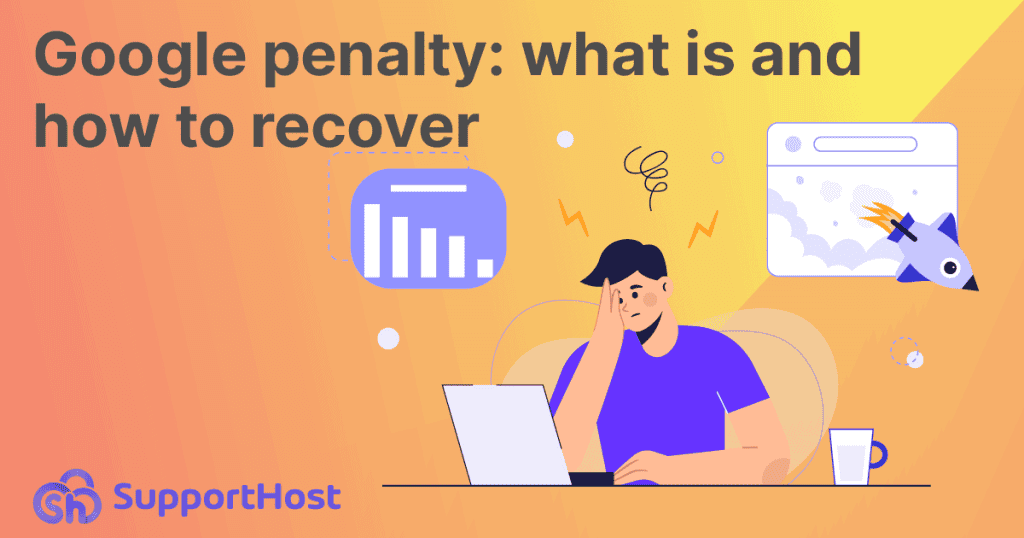
What is a Google Penalty?
What exactly is a Google penalty? Search engines are constantly evaluating sites and web pages to ensure users that the search results displayed are always relevant and show valuable content.
To keep the quality level of SERPs, i.e., search engine result pages, high, new methods are always being devised to refine the evaluation of web pages. This is done by rewarding sites that deserve higher visibility, but also by penalizing sites with problems.
Google Penalization: What Are the Reasons?
As we will discuss in more detail throughout this guide, penalties can depend on activities that are frowned upon by Google, but also on poor quality content on site pages.
The presence of links that are deemed unnatural, activities that fall under black hat SEO, these are just a few generic examples that can lead to a penalty by Google.
What are the consequences of a Google penalty?
What are search engine penalties for?
The purpose of Google penalties is to reduce the visibility of web pages that are related to bad practices often aimed at manipulating search engine results.
In simple terms it is as if the owner of a site was caught cheating to get a better ranking than a site that, instead, follows the guidelines of the search engines. The consequence is a penalty which therefore leads to a loss of positions in the SERPs.
As we will see, based on the type of penalty, the consequences can be more or less serious and can affect a single page or the entire site.
Let’s see what types of Google penalties there are.
Types of penalties
There are two broad categories of penalties: manual and algorithmic.
Manual penalties
Manual penalties are manual actions aimed at penalizing a site. Google has its own internal team that is dedicated to fighting spam and identifying activities that violate the guidelines.
Furthermore, through a special form, it is also possible to report pages in case of spam or other violations of the indications for webmasters.
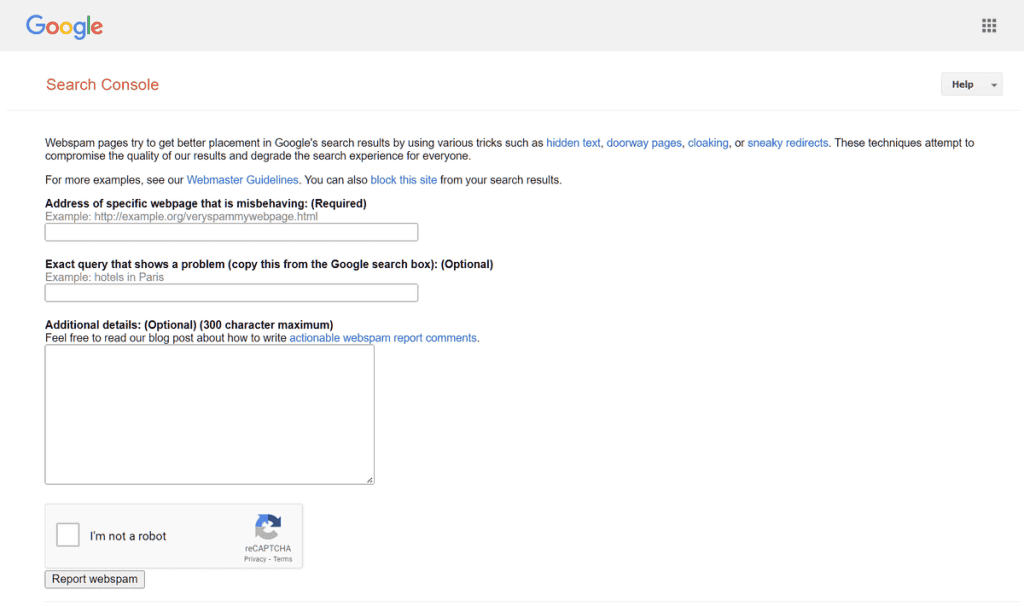
When you receive a manual penalty, you are notified through the Search Console, we will see in the next sections how to identify the Google penalties and understand the reasons for them.
Algorithmic penalties
While Google has set up a team to check search results, it also relies on automated solutions to avoid spam, and for this reason it frequently updates its search algorithm.
The algorithm is able to identify some violations of the guidelines and apply automatic actions which therefore fall within the algorithmic penalties.
In this case the automatic actions are not reported, so you will not receive notifications as in the case of manual actions.
It is worth opening a little parenthesis on Google’s algorithm updates to better understand their evolution.
Evolution of the Google algorithm
How does Google evaluate the quality of web pages? To provide the best and most relevant search results, Google uses an algorithm that is constantly being improved and updated.
Some changes are aimed at improving query understanding, others have been introduced specifically to reduce spam. Let’s take a brief overview of some of the most important updates.
Among the valid updates to date that have been introduced to combat spam and search result manipulation activities are Panda and Penguin.
Introduced for the first time in February 2011, Panda embodies the will of Google in countering black hat SEO techniques. Specifically, Panda was created to combat low-quality sites, which means that they have little added value for users or content copied from other sites.
To follow, in April 2012, Google returns to hitting spam sites, this time focusing on link building practices aimed at manipulating search results. In the center of the new algorithm’s crosshairs, which this time goes by the name of Penguin, are unnatural links.
If at first Penguin was used to clean periodically, from 2016 it becomes an integral part of the main algorithm and is therefore able to analyze sites in real time.
Looking back over the updates that have mainly affected the fight against spam, EMD is also worth mentioning. Launched in 2012, this update changes the rules on the table for those who have chosen an internet domain made up of keywords.
Also being penalized this time are low-quality sites that by exploiting the presence of keywords in the domain managed to get good positions in SERPs.
In August 2013, Google introduces Hummingbird, announcing it to all intents and purposes only a month later, in September. In this case the goal is to return more relevant search results by analyzing the entire query and thus trying to respond more precisely to the search intent.
Later in 2015 the interpretation of the search queries was refined even more with the RankBrain algorithm and then again in 2019 with Bert.
How to identify penalties
Google allows website owners to be notified when a penalty is in place.
For manual penalties, in fact, a notification is sent through the Google Search Console, which allows site owners to understand the reason for the penalty and therefore gives the possibility to solve the problem.
The Manual Actions report in the Safety and Manual Actions section of the Search Console allows us to keep track of the penalty history.
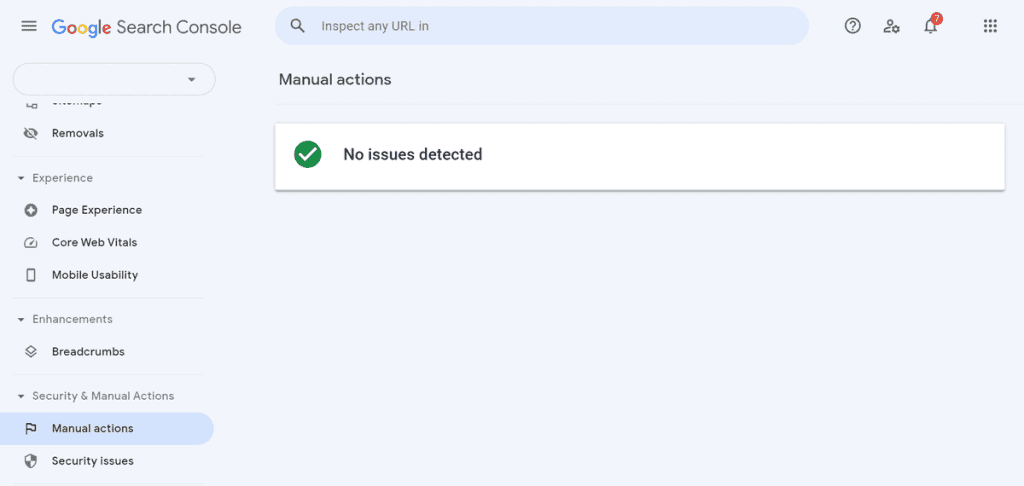
If the penalty is severe and a ban occurs, not only a page of the website is penalized, but it can happen that the entire site is excluded from the SERPs.
Keep in mind that removing a page from search results can happen either temporarily or permanently. These cases include serious violations of quality standards.
A search with the “site:” operator can help us understand how many pages of our site are indexed by Google. This function is also very useful when we want to do an SEO analysis of the site.
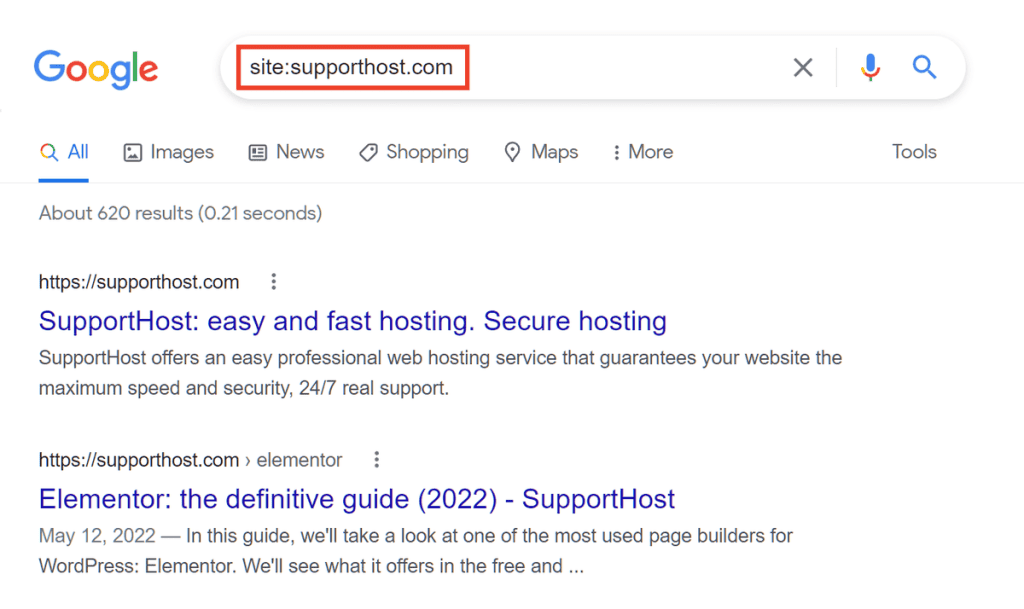
Automatic penalties are not reported, so it can be more difficult to understand their origin. For this reason, in addition to always following Google’s guidelines, it is good to keep an eye on site traffic with a tool like Google Analytics.
Remember that a drop in traffic doesn’t necessarily have to be associated with an algorithm update. In fact, you must also consider other factors that can cause organic traffic to vary.
For example, the seasonality of topics or improvements by competitor sites that lead your site to lose positions in the SERPs and therefore incoming traffic. Other problems may also be due to incorrect robots.txt file settings that are preventing crawlers from accessing certain sections of the site.
Google Penalty: How Long Does It Last?
It is not easy to give a single answer to this question, penalties can have a different impact based on their causes.
For manual penalties, as we will see in this guide, there is the possibility of requesting a reconsideration of the site from Google. Also as regards the penalties due to algorithm updates, the only way to go is to solve the problems.
Let’s see how to send a reconsideration request in the case of a manual penalty.
How to request a reconsideration
If your site is undergoing a manual action, you can submit a reconsideration request after resolving the issue.
First you need to identify the problems on the site, you can do it starting from the indications that are provided to you through the Search Console in the event that a penalty has been applied to your site.
From the Safety and Manual Actions report, you can access the Manual Actions section.

If there is a Google penalty, you will see a description of the violation in this section. Furthermore, expanding the entry related to the violation will also be able to identify the URLs involved.
Keep in mind that penalties can affect some specific pages or the whole site.
In addition to the breach description, Google will also provide you with additional details to help you resolve the issue.
After making the necessary changes to the site you can request a reconsideration. From the manual actions report you will need to click on Request exam and fill in the reconsideration request.

In the request you will have to provide all the requested information and in particular:
- specify the problem that generated the penalty
- explain in detail what you have done to resolve the problem and correct the violation
- provide information on the countermeasures adopted so as not to fall into the same error.
The timing for evaluating the reconsideration varies, the waiting time can start from days or weeks, but in most cases, it can extend even further. You will be notified with an email when the review of your site is completed, and you will be notified of the outcome.
As we said, before you can submit a site review request, you need to troubleshoot. Let’s have a look at how to get out of a Google penalty, by examining the manual, algorithmic penalties and violations of the rules for the Google News and Discover sections.
How to get out of a Google penalty
Now that we have introduced what a Google penalty is and what different types of penalties there are, let’s go through the list of penalties in detail and how to solve the problems on a case-by-case basis.
How to fix manual actions and security problems
In this section we will look at what the manual actions are, namely the penalties that are applied by Google when there are problems on the site.
Specifically, we will see how to solve the following problems:
- low-quality or low-value content
- hidden text or excess keyword use
- cloaking and redirects not allowed
- compromised images
- redirects not allowed on mobile devices
- discrepancies between AMP and canonical pages
- problems with structured data
- free host containing spam
- spam generated by users
- pure spam
- unnatural inbound links
- unnatural outbound links
- hacked site.
Low-quality or low-value content
Let’s start with what Google defines as sparse content with little or no added value. A report of this type tells us that there are pages on our site that are of low quality.
The problem can only be found on some pages, or on the whole site. Note that the Manual Actions report will tell you if the problem is with specific pages.
What exactly does this mean? This category may include those contents of “low added value” such as duplicate contents, because they are present on several pages or because they are already present on other sites.
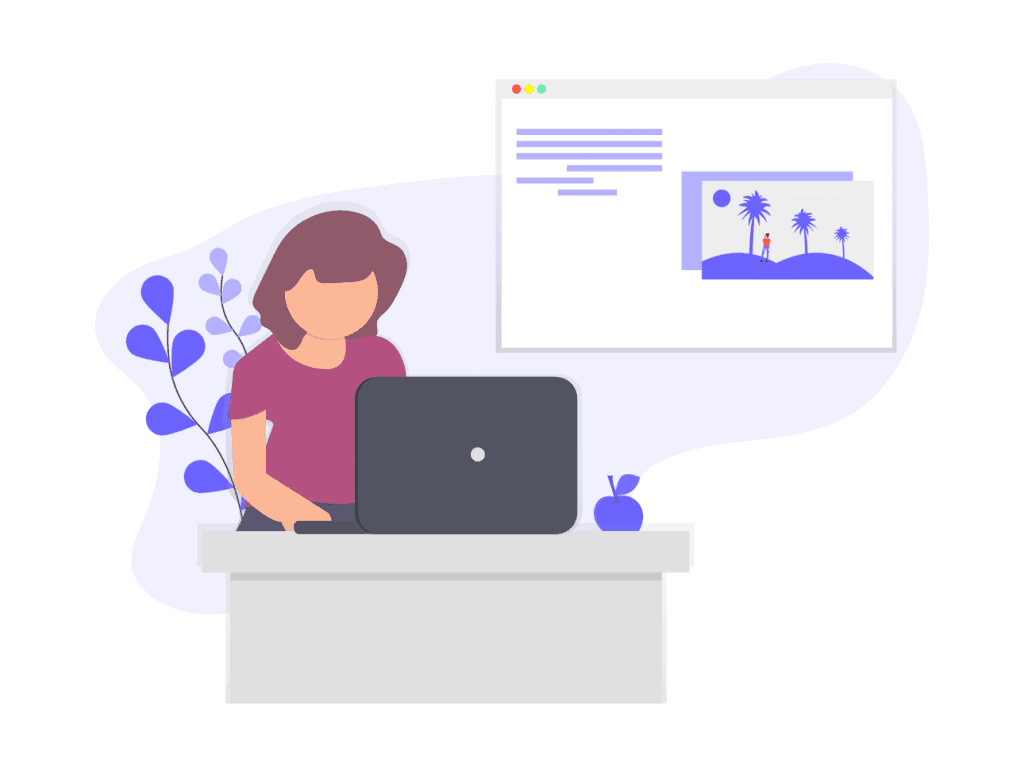
This category therefore includes:
- content that comes from other sources (essentially copied content)
- content generated automatically
- Affiliate marketing posts or pages that do not contain original information
- doorway pages, i.e., pages optimized for search engines that then redirect to others with different content.
How is it resolved?
Given that the problem is given by the poor quality of the contents or by the presence of duplicate contents because they are already present on the net, to solve the problem, the “offending” contents will have to be identified and improved.
For example, you could check for duplicate content with software like Plagiarisma or Copyscape.
If you have used software to create autogenerated content or if you use doorway pages, you will need to delete them or replace the pages with valuable content.
The same goes for affiliate posts and pages.
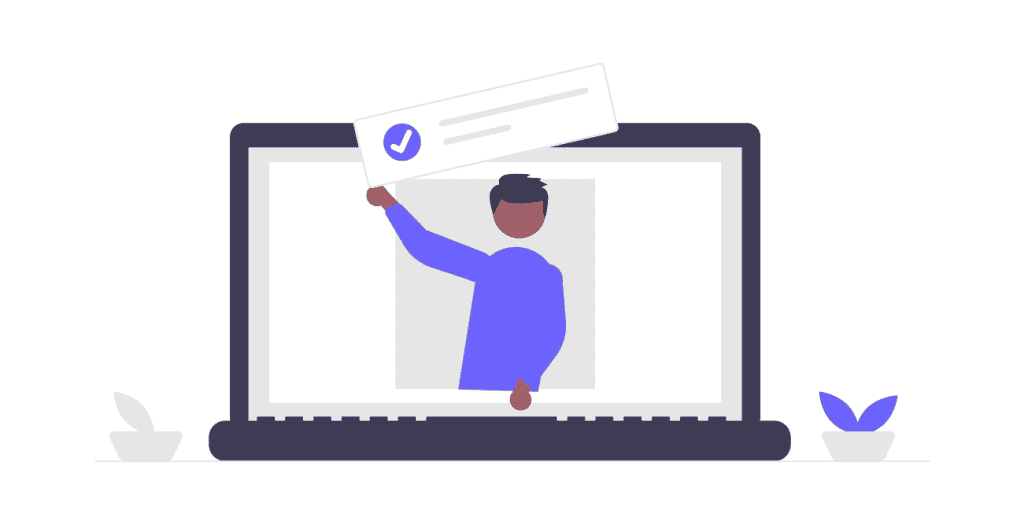
If you are in doubt about how to go about creating quality content, you can follow Google’s directions, a series of questions that help you understand if you are on the right path to create quality content.
In fact, it is not only important to solve problems only once, but to understand how to create valuable content, for example how to write a useful article, so as not to repeat the same mistake later.
After fixing the issues, you can request a site reconsideration.
Hidden text or excess keyword use
Another problem that can arise in the creation of the content of pages or posts on your site is to use techniques to hide the text or to use keywords repeatedly (keyword stuffing). These techniques are used to ensure that the text is not visible to users, but it is visible to crawlers.
Several actions fall into this category:
- use the same color for text and background, so that the reader cannot see the text;
- text visible only in the page code;
- text entered only to increase the keyword density on the page;
- keywords repeated in image tags and alt text.
How is it resolved?
To resolve this Google penalty, we need to verify that the site appears the same to our visitors as to crawlers.
Google helps us again this time by providing us with the URL Inspection tool. From the Search Console, you can check a URL and see a copy of how the page is viewed by Google bots.
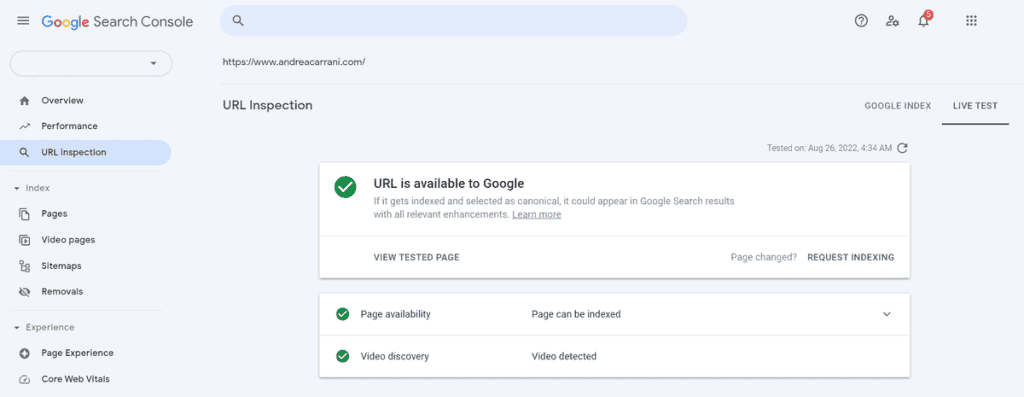
At this point you need to identify and resolve possible problems such as excessive keyword usage or hidden text. You can then submit a reconsideration request.
Specifically for images, you may find it useful to read our guide on how to optimize images for SEO.
Cloaking and redirects not allowed
Cloaking is about showing users and search engines different content.
A small note: there are cases where it is necessary to show different content, for example in the case of subscription content. In these particular cases, however, structured data is used to allow search engines to understand that it is precisely the so-called contents protected by paywalls.
If, on the other hand, this activity is done only for the purpose of manipulating search engine results, there is a risk of being penalized by Google.
Another problem may be due to disallowed redirects. Alongside 301 redirects used appropriately, for example to report content moved to another url, there are also redirects used to trick search engines.
This type of redirect may for example want to send desktop users to the “original” page and instead redirect users who want to see the mobile version to a different URL.
How is it resolved?
The solution for this type of Google penalty is to check redirects and remove those that can cause problems, such as conditional redirects or those aimed at showing different content to search engines and users.
You can verify and correct the redirects by going to check the .htaccess file or the plugin you used to implement them.
Again, after fixing the issues on the site, you can request reconsideration.
Compromised images
Just as we have just seen for cloaking, there may be cases where the images shown in the search results are different from those on the site. This problem, which Google identifies as compromised images, can lead to a penalty.
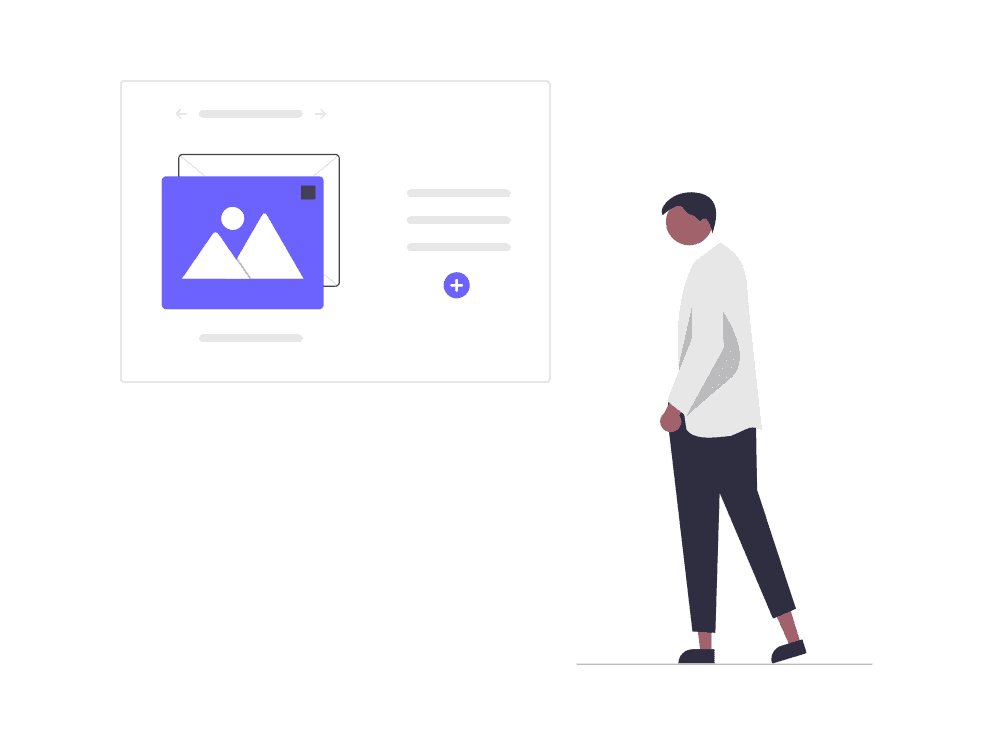
Cases where different images are used to obscure the main image are also included in this activity.
How is it resolved?
To resolve this Google penalty, make sure images are displayed equally to both users and search engines.
If you want an image not to be shown in search results you can follow Google’s directions for removal.
Once you have resolved the issues, you can submit a request to Google for site reconsideration.
Redirects not allowed on mobile devices
In some cases, alternate versions of a page are created for users connecting from mobile devices. If these pages are not accessible to crawlers, you are violating Google’s guidelines and therefore risk incurring a penalty from the search engine.

Redirecting for mobile users is not a violation per se, but it becomes when you use this technique to redirect users to different content.
How is it resolved?
Google points out that in most cases these redirects are unintentional. This means that the first thing to do is to verify that the site is not compromised or that the redirects are not generated by scripts on the site, for example to show advertisements and redirect to another site.
In any case, you will have to correct the pages and make sure that there are no such redirects. You can test your site pages from a mobile device or even use an emulator.
After removing the redirects, you can submit a reconsideration request to resolve the Google penalty.
To prevent this type of problem, it is advisable to periodically check for redirects by visiting the mobile version of the site.
Furthermore, it can also be useful to use Google Analytics alerts to receive notifications when there are traffic drops or when the time of visits to your site is reduced, restricting the field only to users who use mobile devices. This is a wake-up call that could help you spot mobile usage problems early on.
Discrepancies between AMP and canonical pages
AMP pages should have content comparable to that of the corresponding canonical pages. When the contents are different you can incur a Google penalty, let’s see what you can do to get out of it.
How is it resolved?
Since the contents of the AMP version of the pages must be the same as those of the corresponding canonical pages, checks must be carried out.
Make sure that the AMP pages are associated with the corresponding canonical web pages and that there are no errors in the correspondence between the two versions, as regards the contents.

Using the Search console’s URL checking tool can verify that there are no problems. Eventually it may be necessary to intervene if the robots.txt file is blocking the necessary resources in one of the two versions.
After making the changes, you can request a reconsideration of the penalized pages.
Problems with structured data
The site’s markup must be in line with Google’s guidelines for structured data. If there are violations, you can incur a penalty by the search engine.
How is it resolved?
If you get a report for problems with structured data, you will need to verify that the markup used is correct and there are no errors.
Once you have resolved the issues and changed the structured data to be correct, you can request a site reconsideration.
Free host containing spam
Hosting services that offer free web space are often targeted by spam. When this problem affects multiple sites, the entire service can be penalized.
Let’s see what to do in the case of this specific Google penalty both as site owners and as a provider.
How is it resolved?
Providers are required to monitor spam in order to reduce it and try to prevent it. Providers are also required to prevent the automatic creation of new accounts and to remove accounts that contain spam.
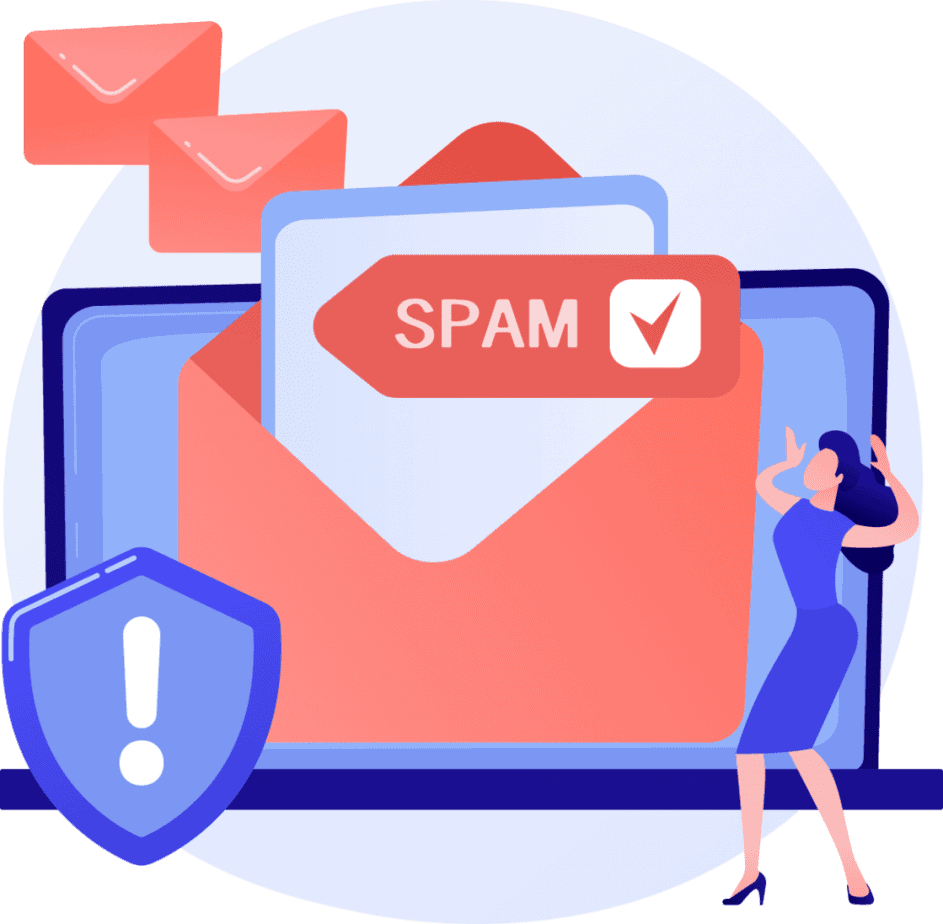
The owners of the sites in turn can contact the provider and report the penalty. Even in doing so, however, the problem could reoccur, even after having managed to obtain a reconsideration of the site.
The best advice in this case is to rely on a serious provider. In our case, with an investment of 34 € per year you can have a reliable and secure shared hosting.
Are you interested in learning more about the features that cannot be missing in a hosting service? Find out more by reading our comparison on low cost hosting.
Spam generated by users
This Google penalty specifically concerns user-generated content, including blog comments, user profiles, but also forums both in discussions and in post signatures.
How is it resolved?
It is good to check that there are no comments generated automatically, that refer to ads, inappropriate content or that contain clearly spam links.
Once the comments and spam content have been identified, they can be removed, but it is also important to act preventively to avoid spam.
On WordPress sites you can activate the moderation of comments and check the contents before approving them. In addition, there are also plugins, such as Akismet, which help us keep spam off our site. You can also use a CAPTCHA code to avoid bot comments.
Once you have resolved the problems and found a viable way to reduce spam, you can request a reconsideration of the site.
Pure spam
When Google reports a manual action out of pure spam, our site has literally gone over the edge.
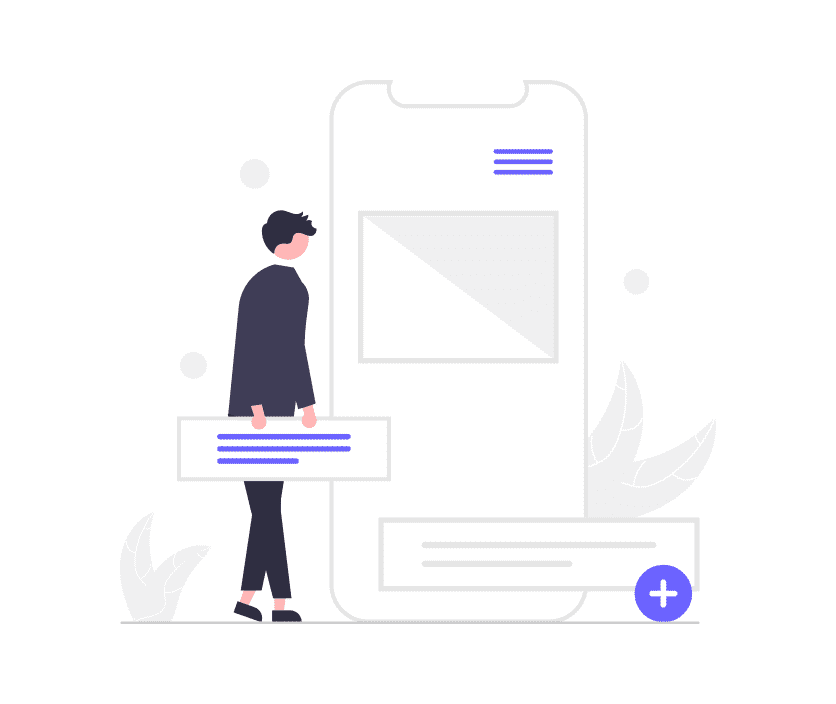
A Google penalty of this kind is reserved for serious violations of the guidelines. These may include poor quality content, such as automatically generated or copied content. Other violations can be aimed at manipulating search results with techniques not recommended by Google such as cloaking.
These are just a few examples, but multiple actions perpetrated on the site and detected by Google can lead to a penalty that may affect only a few pages, or the entire site.
How is it resolved?
In this case it is necessary to intervene by solving the violations that led to the penalization by Google. Once you are sure you have resolved the issues, you can request reconsideration.
Unnatural inbound links
When we talked about link building, we have seen that there are natural links and links built ad hoc or deceptive.
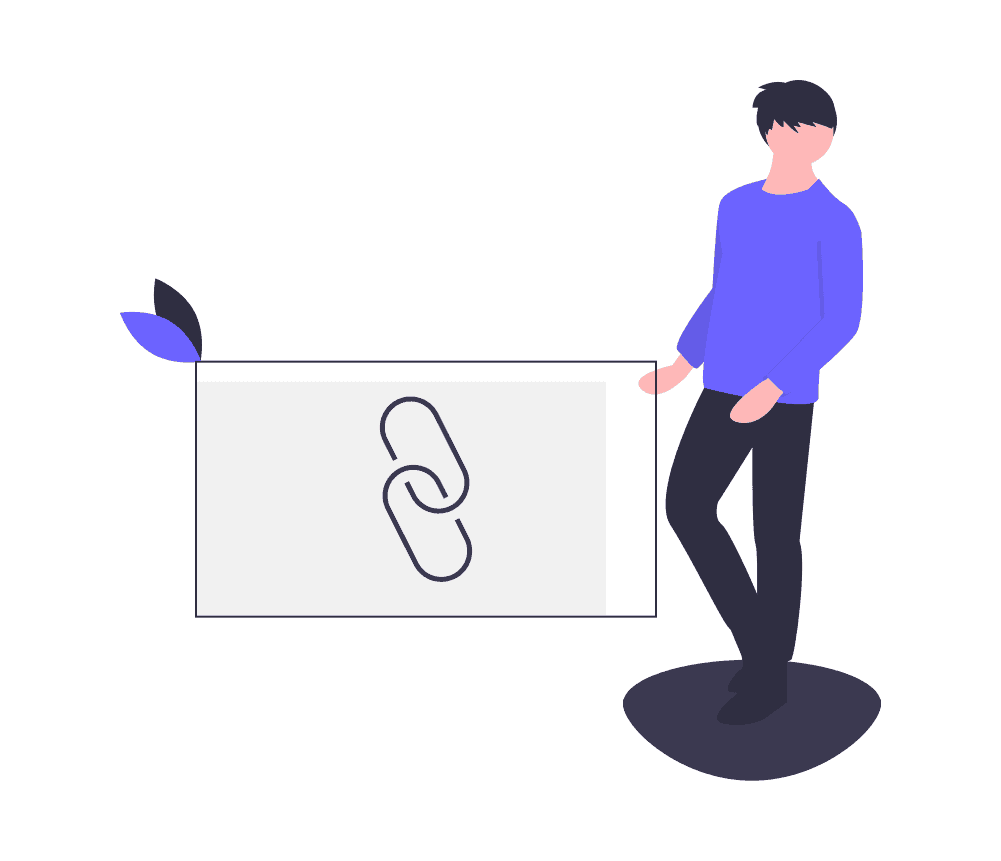
The presence of unnatural links that send users back to your site can be seen as buying links or identified as participating in a link scheme, such as a link exchange. These activities are in violation of Google’s guidelines and can therefore lead to a penalty.
How is it resolved?
The first thing to do is to understand which links led to the penalty. You can use the Search Console to get the list of all inbound links (external links).
After that you will need to identify the ones that match the violation. At this point you have two ways:
- you can contact the owners of the sites and ask to remove the links or to use the rel “nofollow” attribute;
- you can use the disavow link tool made available by Google to effectively reject those links that you cannot remove.
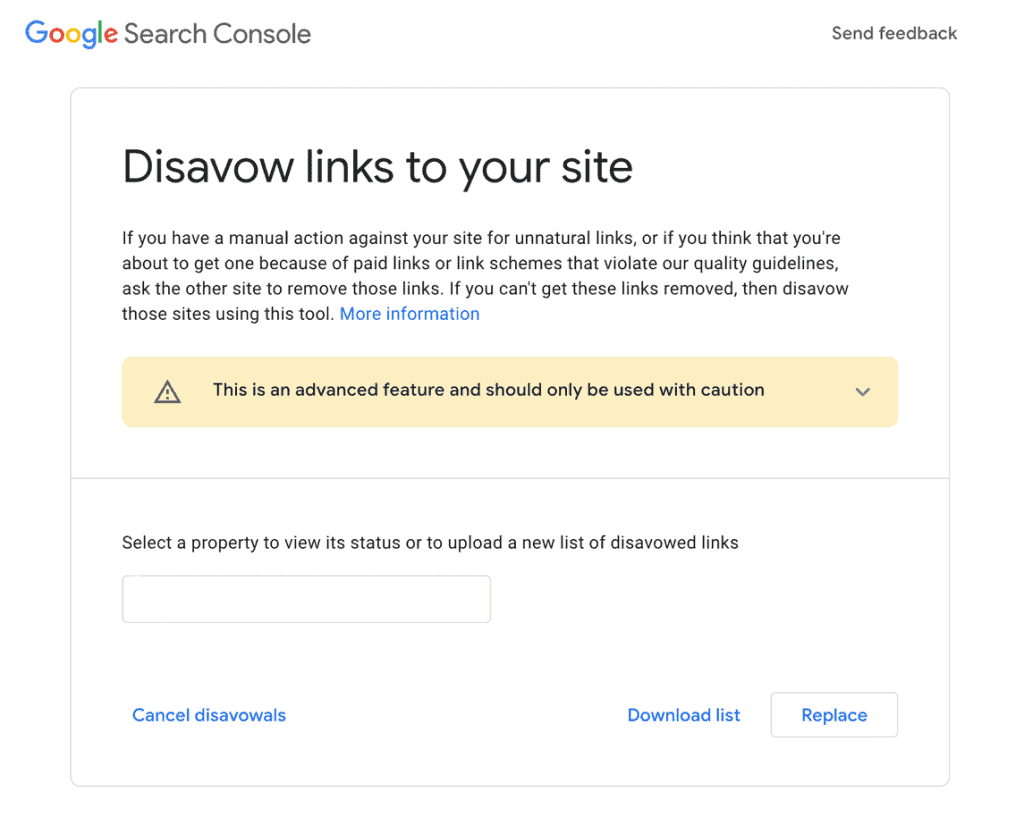
Note that the disavow tool should be used as a last resort. Also, if used incorrectly, it can cause you to lose organic traffic.
After you’ve completed the steps to remove the links, you can request a site reconsideration.
Unnatural outbound links
Also in this case, the presence of misleading or artificial links that refer to others from your site is considered a violation of the guidelines and therefore entails a Google penalty.
How is it resolved?
As we have seen for inbound links, also in this case you will have to act by correcting the links that violate the instructions for webmasters.
This category includes sites that exchange links excessively or links that are identified as paid.
In this case you can remove the links or modify them using the nofollow attribute, so as not to pass authority to the destination site.
After correcting the links on the site, you can request a site reconsideration through the Search Console.
Hacked site
When a site is compromised by a hacker attack, Google can detect security problems and give directions on what to do to restore the site.
How is it resolved?
Issues of this type are reported in the Search Console Security Issues report.
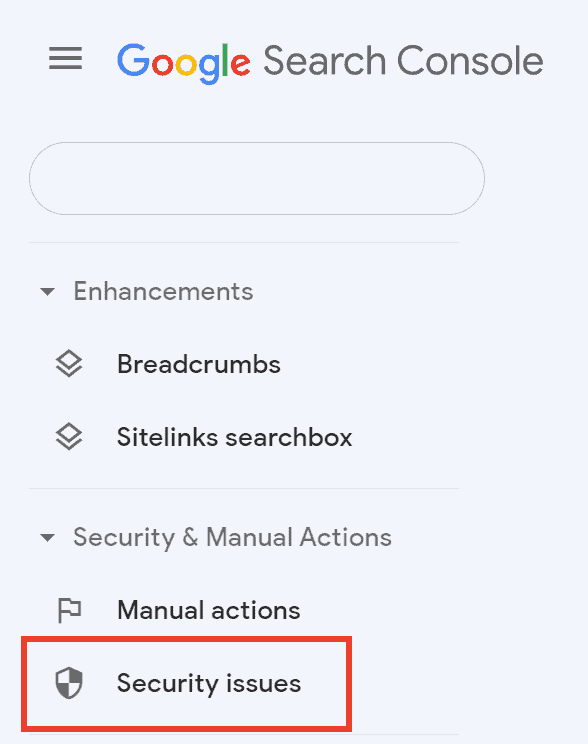
You can follow Google’s directions for troubleshooting. Note that until the problems found are resolved, the browser may display a warning to alert users who try to visit your site.
How to solve algorithmic penalties
Unlike manual penalties, penalties due to algorithm changes are more difficult to detect and consequently to correct.
A good starting point can be to follow the evolution of the algorithm and adapt accordingly.
Following the logic of creating content for the user and not for search engines, leads us on the right path to create content of real interest and therefore in line with Google’s goal of providing users with relevant results.
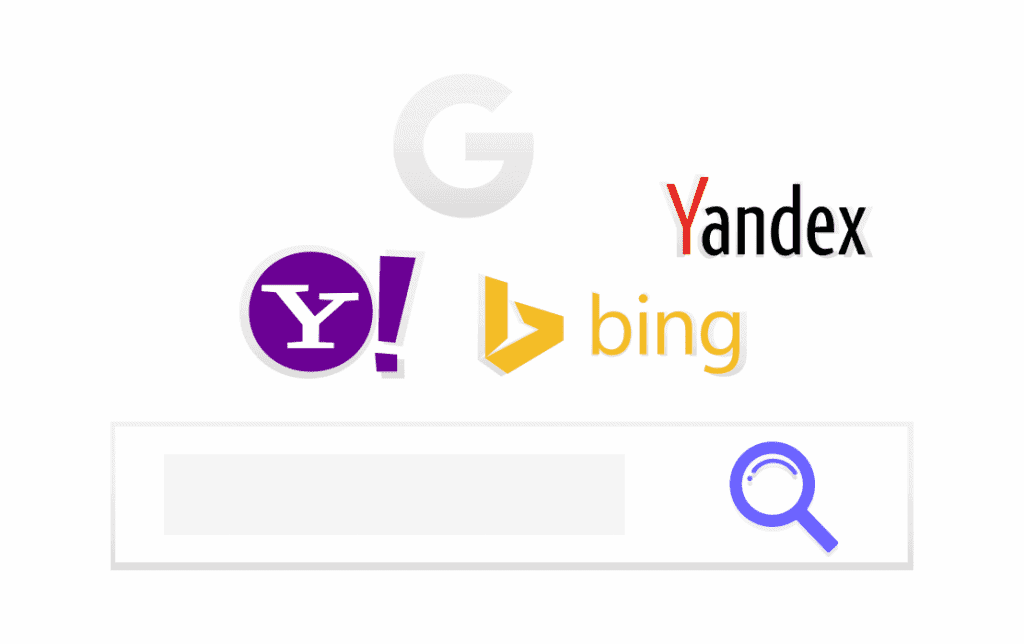
Specifically, for a penalty from Google Panda, the algorithm that penalized low-quality content, it will be necessary to improve the quality of the content.
On the other hand, Penguin has penalized sites with manipulative backlinks, so from this update we should have learned that investing in low quality links and spamming the site, are not activities that pay off.
The advice is to pay more attention to the content and link building of the site, without looking for easy shortcuts.
How to fix News and Discover policy violations
In 2021, Google introduced new specific guidelines for the Google News and Google Discover sections.
Violation of these guidelines can lead to a Google penalty. In this case, however, the penalized site or pages will not be shown only in the News and Discover sections, but there will be no penalties in the search engine results.
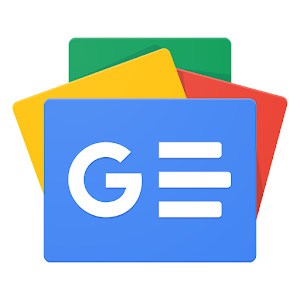
These violations are part of Google’s manual actions and to resolve them you must always follow these two steps:
- first you need to identify and delete the content that is violating the rules (e.g., misleading or explicit content)
- after which you can send a request for reconsideration.
Let’s see specifically what the Google penalties are based on the rules of the News and Discover sections.
Content with adult themes
The Discover content guidelines explicitly prohibit adult content. This category therefore includes nudity, explicit or even allusive material.
Sexually explicit content
The rules for the Google News and Discover sections prohibit posting explicit content, such as images or videos. Again, to request a reconsideration, all non-compliant content must be removed.
Vulgar and blasphemous language
Content that contains foul language, obscenities or blasphemy violates Google’s policies and can therefore be removed from the News and Discover sections.
Violence and heinous content
As with explicit content, Google doesn’t allow heinous or violent material because it could incite violence.
Dangerous content
This category includes content that can cause harm to people and animals, for example by encouraging risky behavior.
Harassing content
News and Discover’s policies prohibit posting harassing content, such as bullying, threats, mistreatment and denigration, or materials that can be used for that purpose.
Content that incites hatred
Hateful content is a clear violation of the rules and can therefore lead to a Google penalty. This definition includes materials that promote violence, hatred and contempt towards persons or groups of persons in relation to ethnicity, origin, religion, nationality, sexual orientation and other characteristics.
Content of a terrorist nature
The publication of material that celebrates violence and promotes acts of terrorism and extremism violates the rules and therefore can lead to a penalization of the site in the News and Discover sections.
Misleading content
Another example of violation is the presence on the site of misleading content. For example, the use of titles and descriptions of contents that are not actually treated on the landing page.
Manipulated multimedia content
Posting material such as video, images, and audio that has been manipulated to deceive viewers is a violation of Google’s Discover and News policies.
Google also specifies that if you want to use these materials for parody purposes you must clearly communicate the intent. In this case, therefore, to get out of a manual penalty of this type, you can modify the contents by adding a disclaimer or remove them. Later you can request a reconsideration of the site.
Medical content
Content that conflicts with scientific or medical evidence and cannot be based on concrete evidence is a violation of Google’s policies.
Artificial updates
The activity of updating the publication date without adding relevant information falls under the violations of the News and Discover sections.
To get out of this penalty it is necessary to correct the dates or prove that the update of the date was justified.
Transparency
The News and Discover sections have transparency policies. This means that not providing information on authors, newspaper, publisher and company and their contact information is a violation.
Conclusions
In this guide we have seen everything related to the Google penalty. We started with the scope of penalties and saw that Google uses both automated systems to detect violations and puts a team of professionals to work to fight spam and SERP manipulation activities.
We figured out how to identify penalties and how to go about submitting a site reconsideration request. After introducing the types of penalties and the most significant changes in Google’s algorithm, in the second part of the guide we looked at manual penalties and how to get out of them.
We have therefore also seen what to take into consideration with regard to algorithmic penalties. Finally, we focused on the new policies introduced by Google for the News and Discover sections.
Has your site ever been penalized by Google? Were you able to correct the errors and get a reconsideration? Let me know with a comment.



Leave a Reply